Parenting & Childcare Blog
Tools to Help your Child Build Resiliency
The human experience is a constant source of ups and downs, celebrations, and challenges. Children are not immune from the highs and lows of life and need resiliency skills to support their mental health and growth as they age. You can help your child build the skills to overcome life’s setbacks so they can continue to grow, learn, and thrive throughout their life.
8 Ways You Can Help Your Child Build Resiliency
1. Stress the Importance of Connections
It is through relationships that we learn social skills, compassion, empathy, and how to support one another. Be thoughtful in how you communicate and model your relationships and teach your child the importance of connecting with their peers at school, in afternoon programs or sports, or even in your neighborhood. Talk to them about their friendships and help them navigate the different situations they may encounter.
2. Do Not Accommodate Their Every Need
When your child expresses a need for something or is experiencing something uncomfortable, it is in our nature as parents and guardians to protect them. However, when parents provide a constant source of comfort to their children, this limits them from developing problem-solving and critical thinking skills on their own, which hinders their ability to learn about thriving in unknown or challenging situations.
3. Teach Your Child Problem-Solving Skills
When your child feels negative about something, teach them about their emotions and help them create a plan to overcome the challenge. Let’s take this example from PsychCentral — Imagine your child is nervous about going to sleep-away camp. Rather than saying they don’t have to go, discuss their nervousness or anxiety and validate their feelings. Once you normalize their emotions, collaborative brainstorm a list of activities or techniques to help them feel less homesick. When you take this approach, you teach your kiddo how to address their emotions and move through it, rather than avoid feelings of discomfort.
4. Replace ‘Why’ With ‘How’
While ‘why’ questions can encourage reflection, they fail to help children learn to problem-solving skills. For example, replace, “Why did you yell at that girl?” with, “You yelled at that girl and it was unkind. How are you going to say sorry?” This allows your child to reflect on what they’ve done, learn acceptable and unacceptable behavior, and create their own solution.
5. Allow Your Child to Fail
Failure is a part of life and despite its negativity, failure presents an amazing learning opportunity. When they fail, kids are able to learn what not to do next time. We understand that it’s painful to see your kids hurt and experience failure but if you refrain from removing them from those experiences, they can build resiliency in overcoming their challenges.
6. Validate Their Emotions
Express to your child that emotions are universal. At some point in our lives, we all have to grapple with anger, sadness, disappointment, etc. Make a conscious effort to show your kiddo that emotions are completely normal and it is okay to feel the way that they do. Validate their emotions and encourage them to express themselves.
7. Teach the Importance of Self-Care & Self-Love
Basic self-care — such as getting the right nutrients, exercising, cleaning up after oneself, and learning new things — is important to practice as a habit starting at an early age. The earlier your child can understand self-care as a part of their life, not something they practice from time to time, the better they can care for themselves when facing obstacles. Self-care goes hand-in-hand with self-love. Teach your child to love themselves and watch their confidence blossom.
8. Model Resiliency
Your child is looking to you and modeling your behavior all the time — no pressure! As their guardian, you are your kiddo’s greatest teacher. Model resiliency for your child and they can learn from examples in real-life scenarios.





